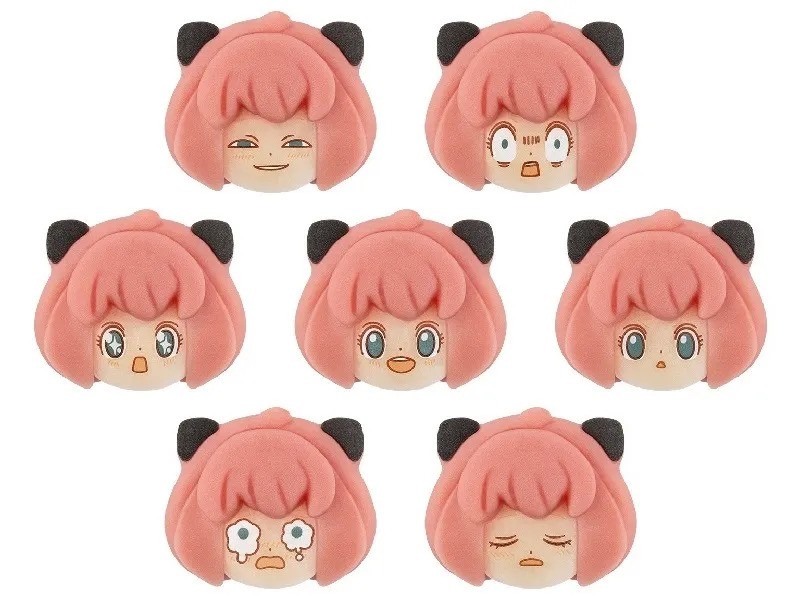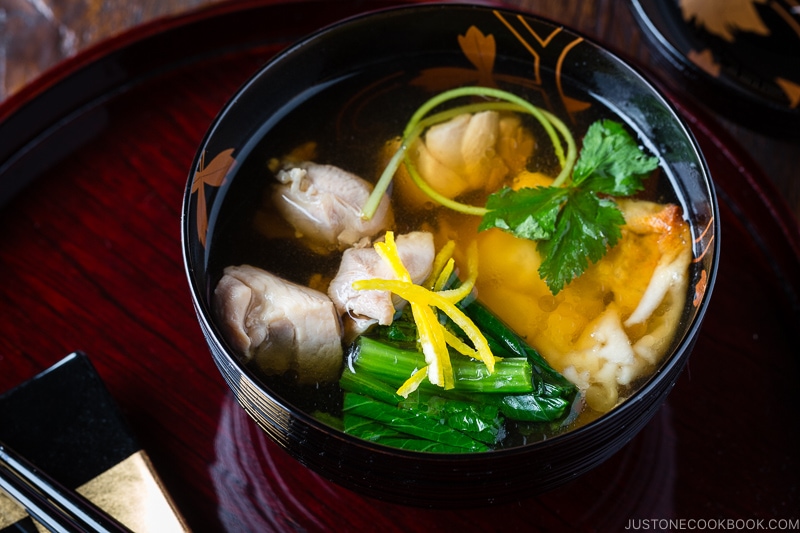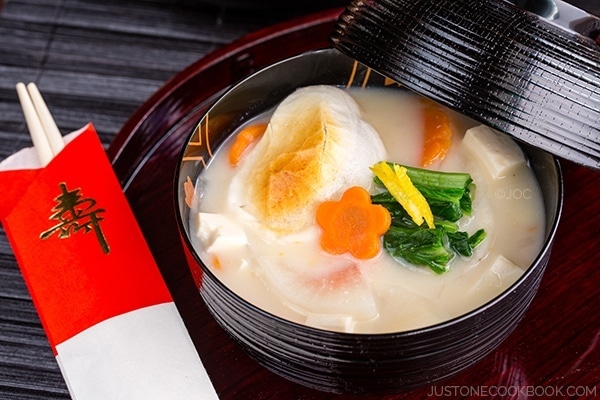The post Kinako Mochi appeared first on Keeping It Relle.
Sweet and soft Kinako Mochi is a popular version of our favorite mochi treat! Dusted with nutty roasted kinako, you can enjoy them soft and chewy or fried for a light crunch. Make plenty to give as gifts or enjoy right away with family and friends!

Chewy and Delicious Homemade Kinako Mochi
Chilly weather always makes me think of mochi. In Hawai’i, we enjoy these chewy treats year round, but particularly around New Years! It’s actually a Japanese treat made with glutinous rice flour, and this variation is served with roasted soy flour for a mouthwatering toasted flavor.
You might also be familiar with the Chinese rice cake, which tends to be denser and not as stretchy. It’s just as welcome during New Years celebrations! And you can’t go wrong with chi chi dango mochi.
Kinako Mochi Key Ingredients
Mochiko Flour. This is a very fine, sweet white rice flour. As opposed to other kinds of rice flour, this is made with glutinous “sticky” rice. It’s a must for mochi! Sweet glutinous rice flour is a good alternative. Granulated Sugar. Avoid liquid sweeteners. However, brown sugar is fair game if you prefer that deeper, richer sweetness. Just don’t overdo it! Potato Starch. This is more of a quality-of-life ingredient that keeps the mochi from sticking together, so substituting with cornstarch will work, too. But try not stray from these two — they’re flavorless and effective, but the same can’t be said for other starches out there. Kinako. It’s just a little nutty, very powdery, and actually full of protein and vitamins! Do your best not to substitute this ingredient. But if you have to, then almond or peanut powder are the two most similar options.
How to make perfect Kinako Mochi
Begin the dough. Combine the flour, sugar, and water in a microwave-safe bowl. Cover with plastic wrap, transfer to the microwave, and heat for 1 minute.
Mix and microwave in phases. Remove from the microwave and mix the dough. Cover with plastic wrap again and microwave for another minute. Repeat this process, mixing the dough and microwaving for another minute. The resulting dough will be sticky to the touch.
Form the cakes. Prepare a non-stick surface, or silpat, with the potato starch. Dip a 1 tablespoon cookie scoop in water and begin scooping out the dough. Dust your hands with starch before rolling the dough into balls. Flatten them slightly with your hands.
Dust with the kinako. Add the kinako powder and sugar to a small bowl and mix together. Sprinkle the mixture over the mochi cakes and serve!
Optional: Fry the mochi. If you want more of a texture, you can fry the cakes on medium heat for a couple minutes on each side. Use a bit of oil so that they don’t stick, but drain the excess as they cool. Add the kinako topping after, and enjoy!

Tips
Serve with more toppings. There are plenty of ways to enjoy mochi. You could use chopped, roasted peanuts to complement the flavor of the kinako. A drizzling of chocolate sauce or a fruit syrup is another popular way to enjoy these — and these are flavors that can be added to the dough, too! A simple honey drizzle (before dusting with the kinako) is delicious and sweet as well. Save for a rainy day. Kinako mochi should be frozen, not refrigerated, if you want them to last. Wrap each individual cake well in plastic wrap and store all together in a freezer bag for up to a month. Let them thaw at room temperature, and serve!
Frequently asked Questions about Kinako Mochi
It’s a very unique flavor! But the taste might remind you of peanut butter because of the roasted, nutty taste.
Overall, it’s pretty subtle. Its texture is its biggest selling point, in my opinion. It’s silky smooth and soft, so it matches perfectly with soft and chewy mochi!
No. In fact, it is not at all recommended to keep mochi in the refrigerator! It will dry and harden in no time at all.
Instead, store them in an airtight container at room temperature (not in direct sunlight) for 3 or 4 days. If you’d like to save them for longer, try freezing them! More information is included in the “Tips” section.
The difference is in the flour used. Abegawa mochi uses regular white rice flour while kinako cakes are made from glutinous rice flour.
The two are also served differently! Abegawa is usually plated with sweet red bean paste.

More Delicious Mochi Recipes
Potato Mochi Ozoni (Japanese New Year Mochi Soup) How to Make Kiri Mochi From Scratch Cookie Butter Daifuku Mochi Donuts Easy Ube Mochi
Kinako Mochi
Ingredients
Instructions
For the mochi
For the kinako
Video
Notes
Tips
Serve with more toppings. There are plenty of ways to enjoy mochi. You could use chopped, roasted peanuts to complement the flavor of the kinako. A drizzling of chocolate sauce or a fruit syrup is another popular way to enjoy these — and these are flavors that can be added to the dough, too! A simple honey drizzle (before dusting with the kinako) is delicious and sweet as well. Save for a rainy day. Kinako mochi should be frozen, not refrigerated, if you want them to last. Wrap each individual cake well in plastic wrap and store all together in a freezer bag for up to a month. Let them thaw at room temperature, and serve!Nutrition
Tried this recipe? Tag me on social. I’d love to see and share it. Instagram
Facebook
Pinterest
Tried and love this recipe? Please give it a rating.
Pin for later.

The post Kinako Mochi appeared first on Keeping It Relle.















